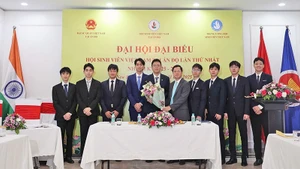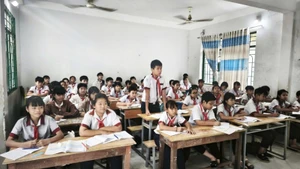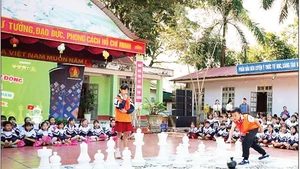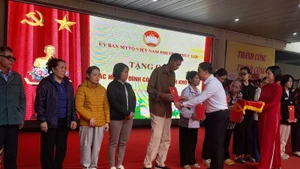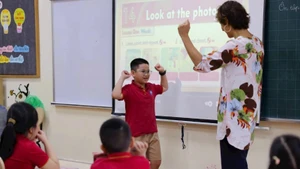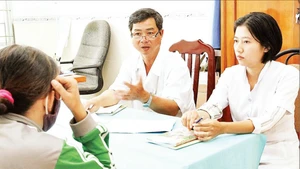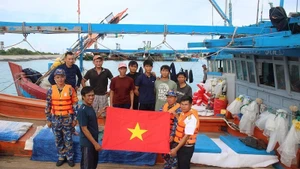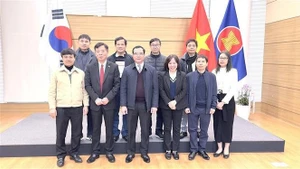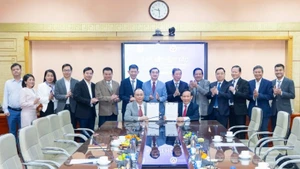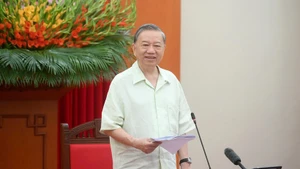Addressing the ceremony, Deputy PM Dam said the museum was of special significance in helping people both in and outside the country to better understand the glorious history of the Vietnamese nation.
At the event, the family of late General Vo Nguyen Giap presented a map recording the Dien Bien Phu campaign, and signed by the General, to the museum.
The new Dien Bien Phu Victory Museum has been rebuilt from the old museum, which was established in 1984 in Muong Thanh district, Dien Bien city.
Spread over a total area of 22,000 square metres, the new museum, in the first phase, has about 1,000 objects divided into four exhibit sections, featuring the strategic location of Dien Bien Phu, the enemy's scheme at Dien Bien Phu, the Party's guideline regarding preparations for the Dien Bien Phu campaign, the impact of Dien Bien Phu at home and abroad and present-day Dien Bien Phu.
The second phase, expected to be completed by 2016, will have a panoramic mural meticulously recounting the long Dien Bien Phu battle against the French.
The museum displays 270 objects and more than 200 paintings and photos of great historical value. It also has larger outdoor exhibits such as artillery guns, cannons, tanks and machine guns, and exhibition sections giving visitors an overall view of the resistance war and the remarkable Dien Bien Phu victory.
This victory played a decisive role in ending Vietnam's resistance war against the French forces and in bringing new momentum to Vietnam's revolution and the struggle for peace, national independence and socialism.
The battle occurred in Dien Bien between March and May 1954 under the command of General Vo Nguyen Giap. The victory led to the signing of the 1954 Geneva Accord, in which France agreed to withdraw its forces from its colonies in Indochina.

